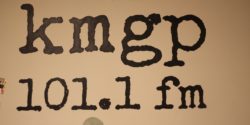My 5th and final radio station visit at the end of a long day of Seattle touring brought me to an interesting arts enclave in Warren G. Magnuson Park in northeast Seattle. My destination, the newish low power FM (LPFM) community radio station SPACE 101.1 (KMGP-LP), which is a project of the Sand Point Arts and Cultural Exchange (SPACE).
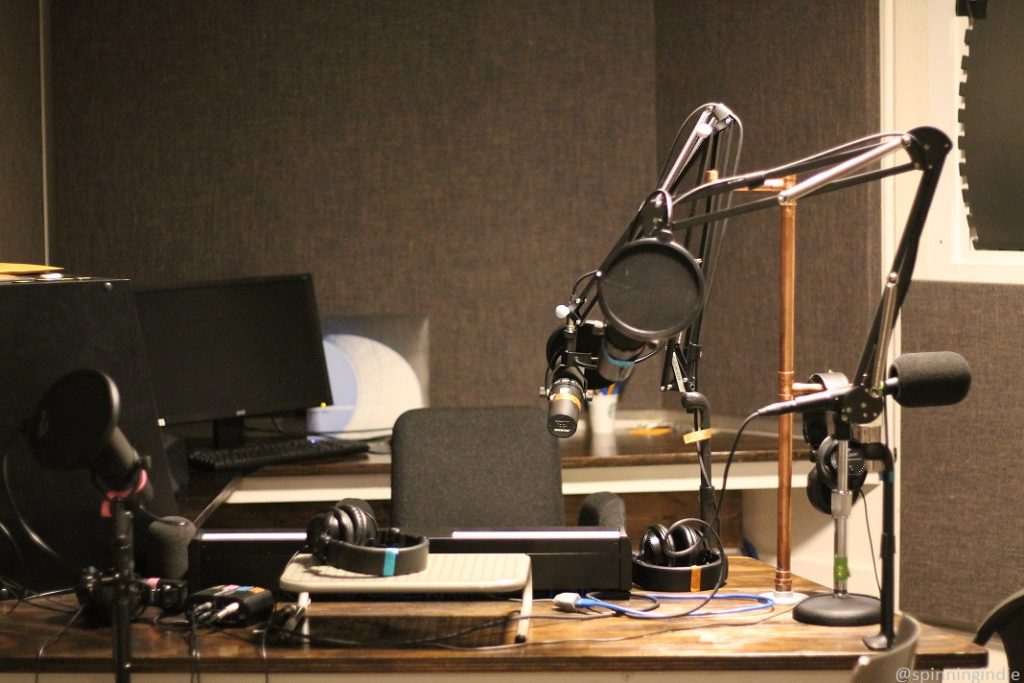
I arrived at the park after dark and was told to look for the old gatehouse. A former military base, Magnuson Park is full of historical buildings, lending charm to SPACE 101.1’s perch above one of the park’s entry points. Formerly a Sergeant at Arms quarters dating back to the 1940s, there are some funky quirks, including remnants of an old bathroom, bank, and armory.
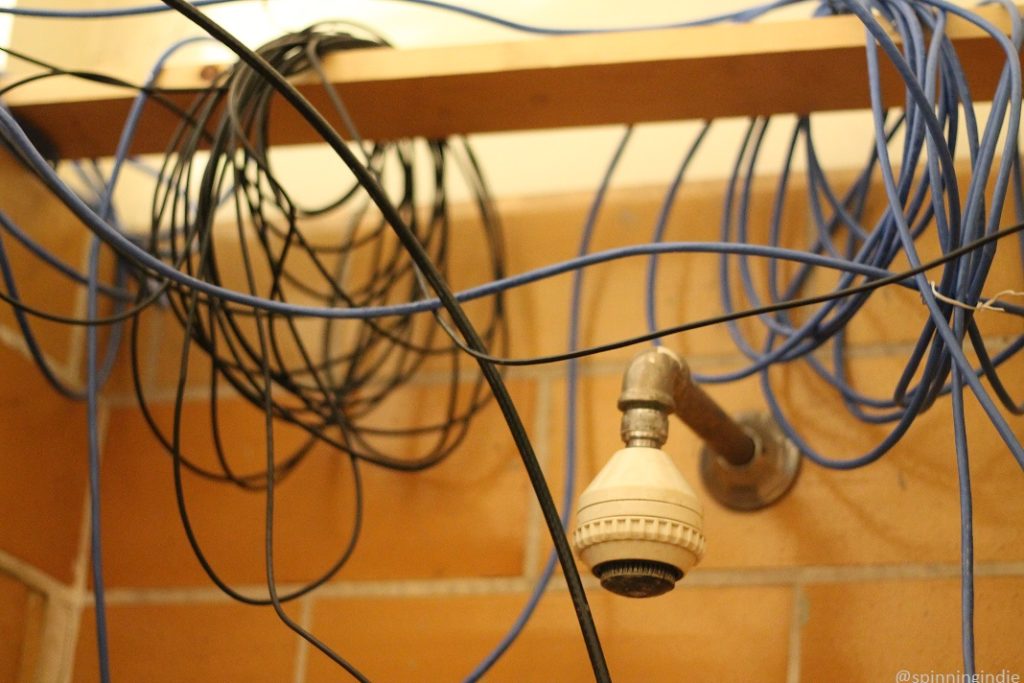
SPACE’s Executive Director Julianna Ross and Space 101.1 Program Director Eric Zappa welcomed me for a relaxing chat and tour. Ross has been hard at work on restoration, advocacy, and arts projects in Magnuson Park since 2004 through her work with SPACE. The non-profit also runs a gallery and she and Zappa explained that they are excited to do more programming and endeavors that take advantage of the synergistic relationship between the gallery and the radio station.
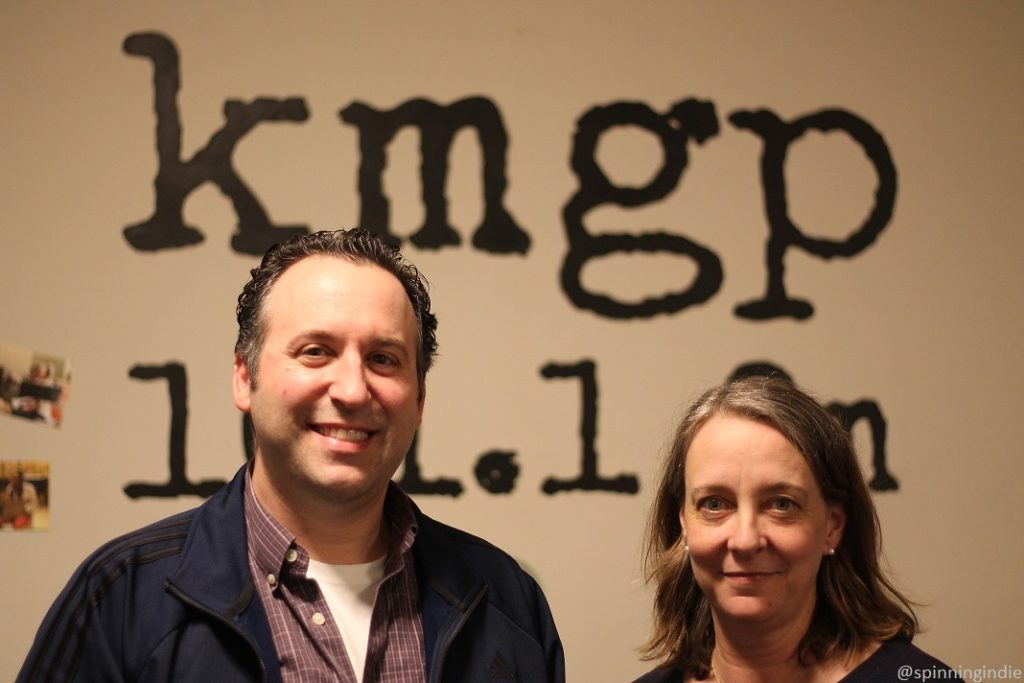
A few ideas include grants for on-air projects by local artists and more artist interviews on air. A recent gallery show about protest art inspired an on-air show featuring protest songs, which Zappa acknowledged is just a small example of the types of collaborations that could happen.
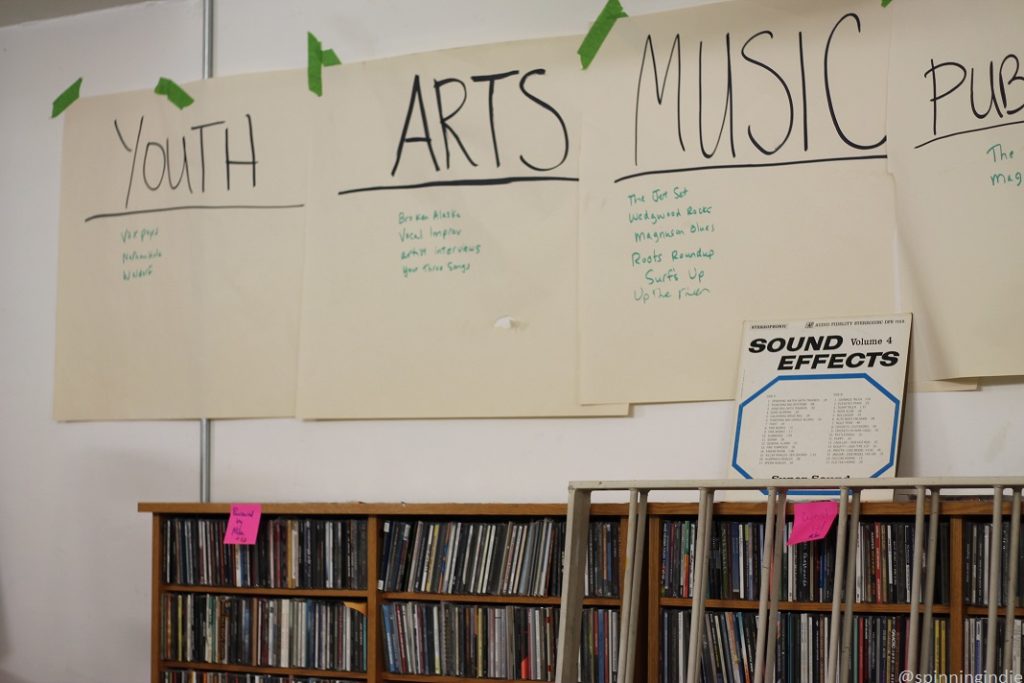
The 350 acre Magnuson Park has undergone big changes since it transitioned from its former function as a Navy support base. A number of historic buildings have been restored and a few buildings have been converted to housing. When I visited in October, 2018, Ross told me that by the end of 2019, there are expected to be around 1,000 residents in Magnuson Park.
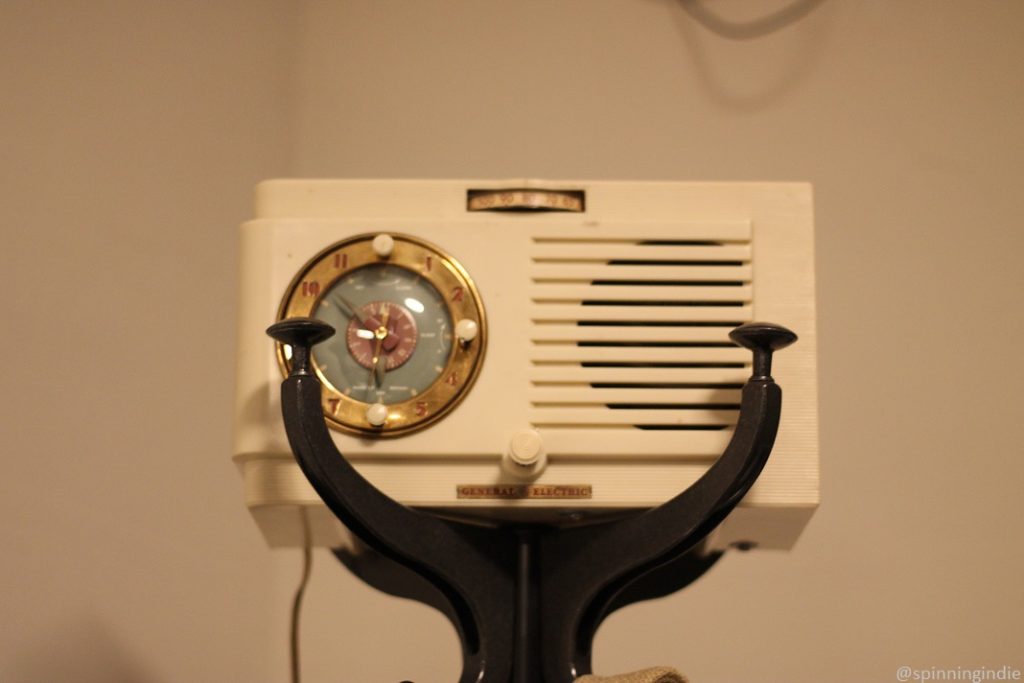
As a hyper-local LPFM community radio station, Space 101.1 launched over FM on October 6, 2017, so was just over a year old when I visited. Inspired by the LPFM opportunity, Ross marveled at the low cost to apply and get started, while simultaneously reminiscing about all of the hard work and volunteer hours required. After just a year on FM, the station was already attracting dedicated show hosts, garnering unsolicited donations, and inspiring listeners.
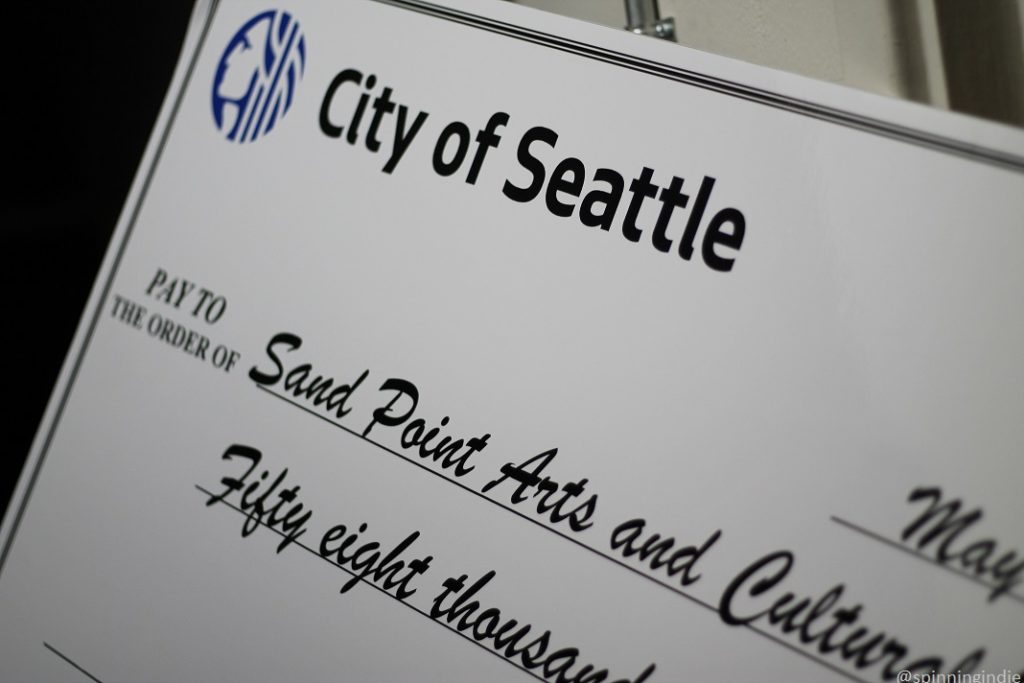
Drawing from the nearby community, volunteer hosts range from former college and community radio DJs to journalists to former city council members. The Sunday night programming especially caught my attention, with the station’s own improvised radio serial, “Broken Alaska” and a vocal improv-oriented show “Sound Improv Live!” Other locally-produced programs on the schedule include “Magnuson Nature News,” public affairs show “The Bridge,” as well as a variety of music shows.
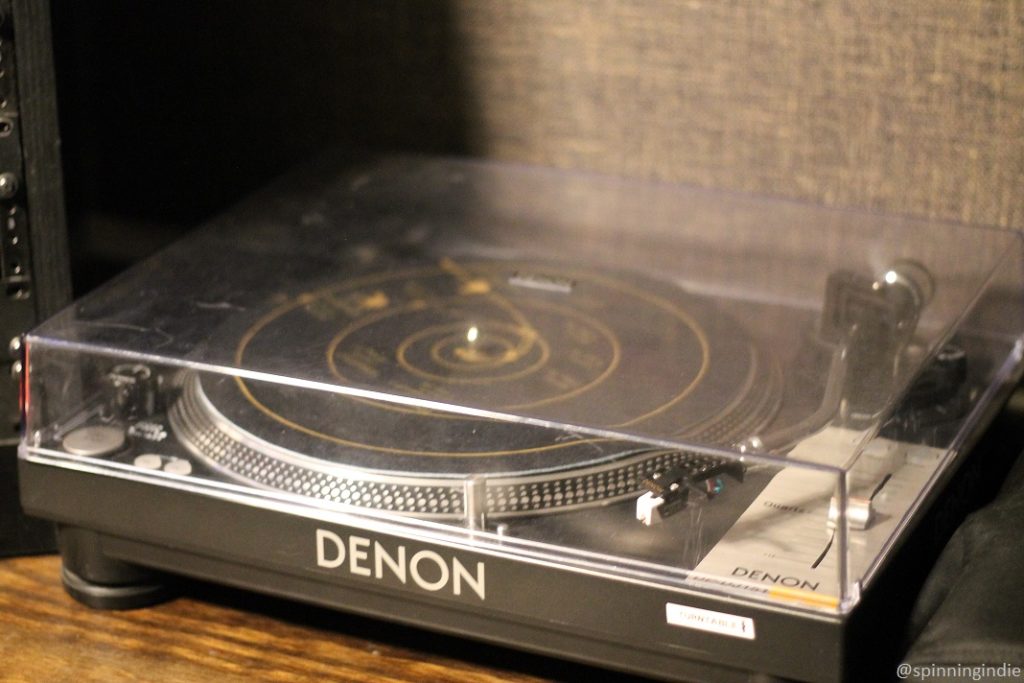
With a background in college radio at Ithaca College’s WICB, Zappa said that he didn’t want to be a commercial radio DJ, but easily embraces the allure of community radio at Space 101.1, recounting, “this is my dream gig when I was 22 and it’s still pretty cool now.” In addition to planning the schedule and co-hosting a show (“Wedgwood Rocks,” in a nod to an iconic rock formation in the neighborhood) with his wife, Zappa also crafts a curated mix of music and local voices that airs when there’s no live DJ or host. His goal is to make the station sound “warm and neighborhoody.”
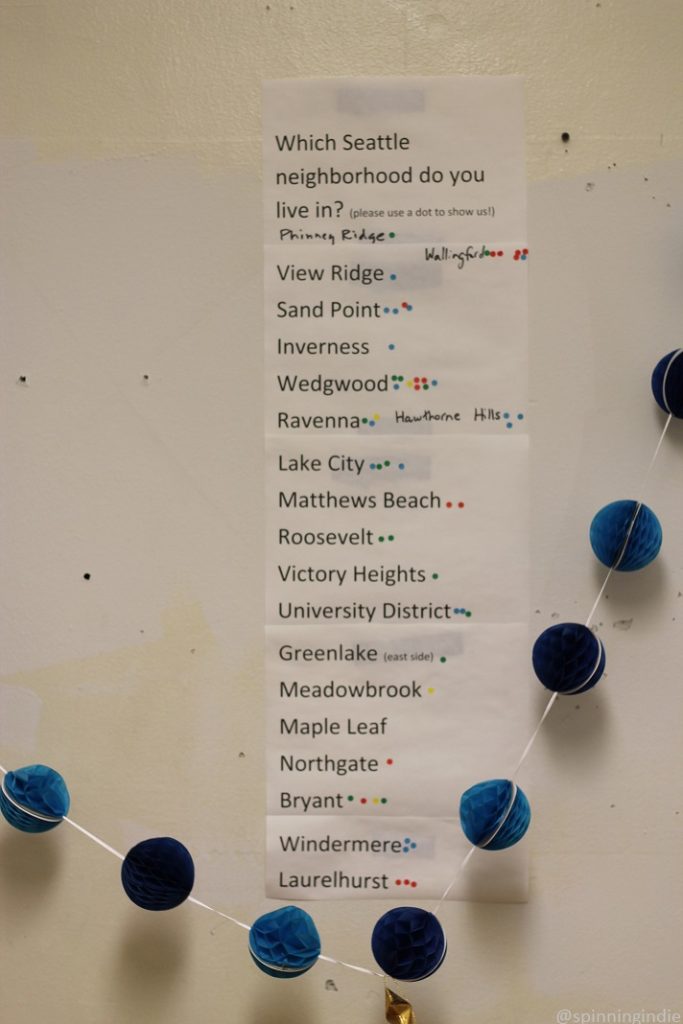
Engaging with local residents is a huge part of the station’s ethos and Ross told me that a big goal is to work directly with folks who live in the park. She’s been working on various grants to aid with radio training for volunteers and an early project did just that with middle school girls. While the physical space isn’t as accessible as they’d like; Ross is hopeful that the technology of radio will allow for remote participation for volunteers who can’t physically get to the station.
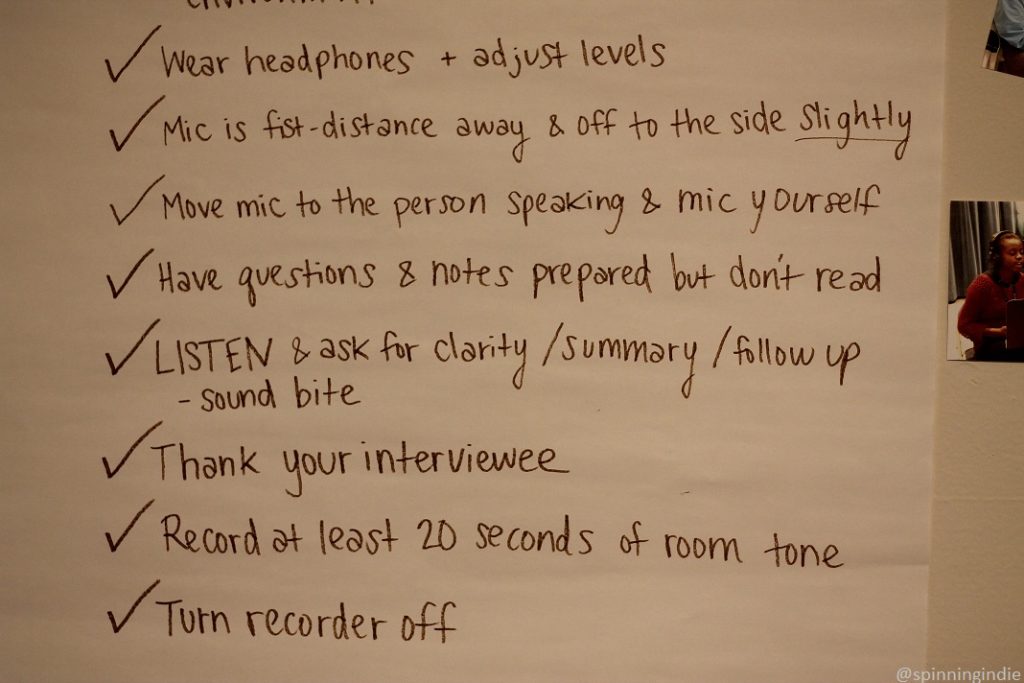
Perhaps one of the sweetest tales of the station’s impact on local residents is Zappa’s recounting of a musician revealing his shock over hearing his band’s song on the radio for the first time. At an event, the band member described the moment to Zappa, telling him that he was so thrilled to hear the song on the radio that he started running around his house, with his wife and kid screaming in excitement. Zappa said that the story gave him “goosebumps,” and is one of his favorite moments at the station so far.
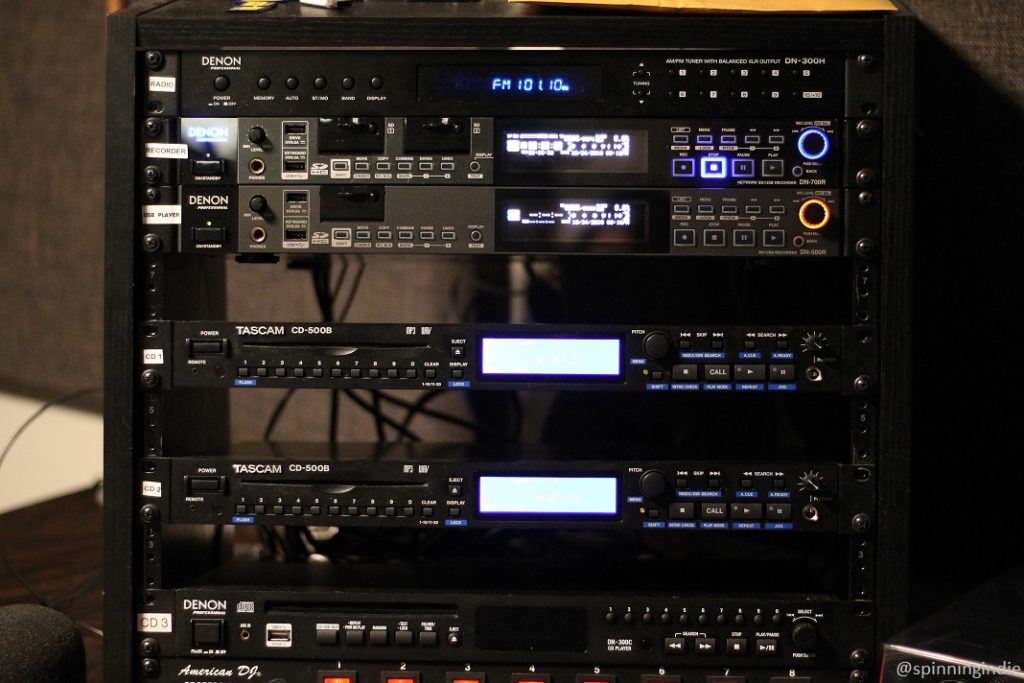
Ross also expressed her profound joy in community interactions, reminiscing about a big party in the space before it was a functioning station. She joked about “staging” it to look like a radio station, with desks, posters, and microphones, before they had all of their equipment. Even though they weren’t on the air at the time, it was a successful event, inspiring her to do more community events at the station in the future. “I love interfacing with the community so much. And radio stations are so friendly and fun,” Ross beamed.
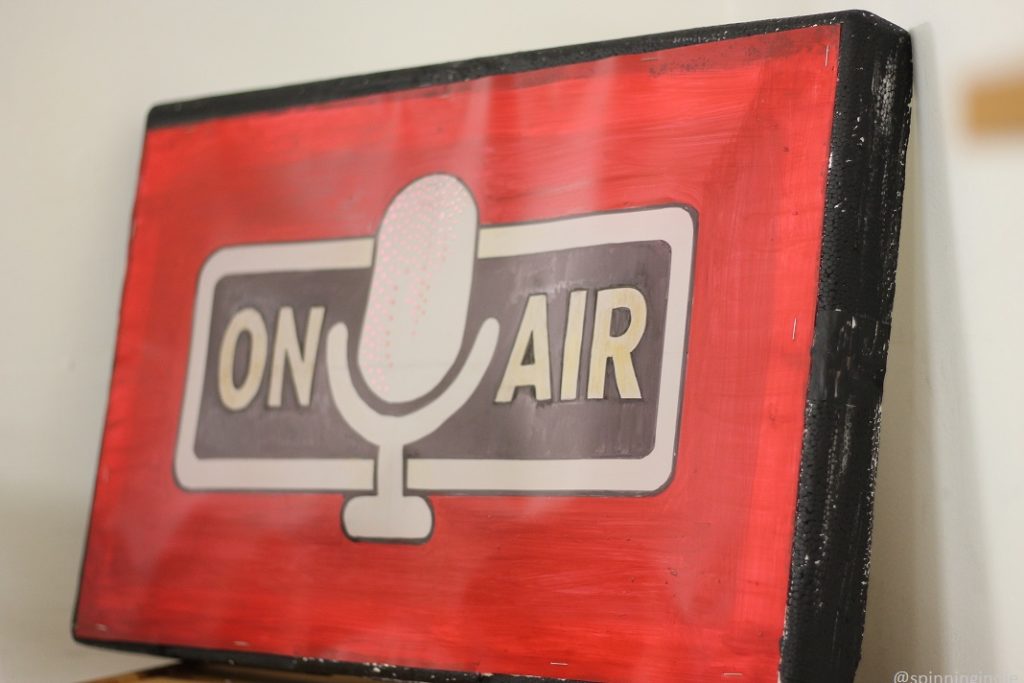
Thanks so much to Julianna and Eric for the lovely night-time tour and chat at Space 101.1. It’s a real treat to visit relatively new LPFM stations to see the growth of community radio first-hand. It was also cool to see “Radio Survivor” scrawled in dry erase marker on the schedule on the wall, as KMGP-LP is also one of the radio station affiliates for the weekly Radio Survivor radio show!
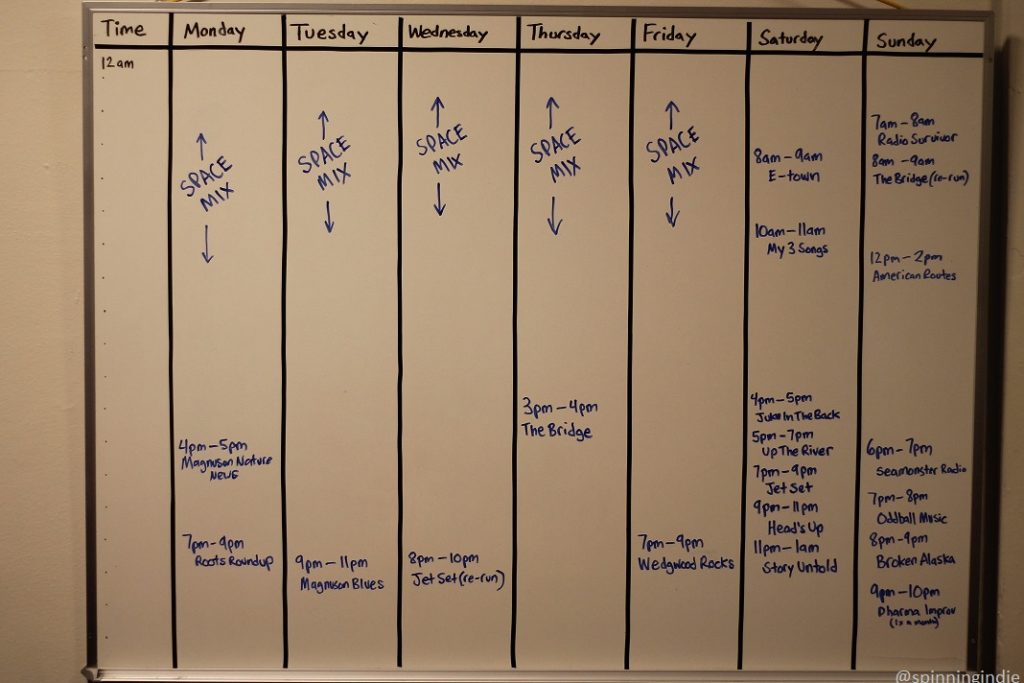
This is my 156th radio station tour report, my 32nd community radio station tour, and around my 20th LPFM tour. To dig into more, take a look at my radio station tours in numerical order or by station type in our archives.

